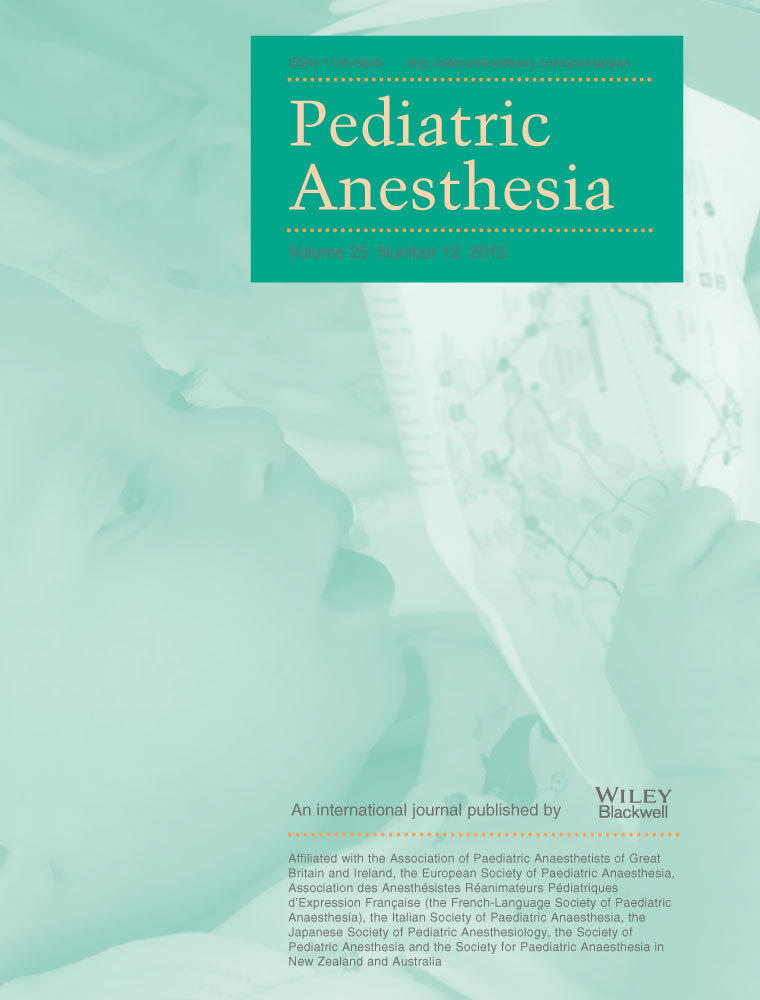Evaluation of glottic view through Air-Q Intubating Laryngeal Airway in the supine and lateral position and assessing it as a conduit for blind endotracheal intubation in children in the supine position
Summary
Introduction
We assessed the feasibility of blind orotracheal intubation in children using the Air-QILA as a conduit in supine position and the glottic view grading by fiberoptic bronchoscope (FOB) through it both in supine and lateral positions.
Methods
After ethical approval and consent, 60 children were enrolled in the study. In the operating room, after attaching standard monitors to all children, anesthesia was induced with sevoflurane (2–8%) in oxygen (100%). Once the children became sedated, an i.v. access was established and injection glycopyrrolate (10 μg·kg−1), fentanyl (2 μg·kg−1), and atracurium (0.5 mg·kg−1) were administered. After 3 min, the Air-QILA was placed in supine position and glottic view was assessed by using FOB, in supine and right lateral decubitus position. In all children, gradings of glottic view in two different positions were noted. After that all children were turned supine, and orotracheal intubation was done blindly through the Air-QILA. The success rate, insertion time of the Air-QILA, and endotracheal intubation were noted.
Results
The Air-QILA placement was successful in 57 children in first attempt and three children required second attempt. However, blind endotracheal intubations through the Air-QILA were successful in 38 children in first attempt and 12 children required second attempt. In the remaining 10 children, where blind endotracheal intubation through the Air-QILA remained unsuccessful, conventional laryngoscopy was performed. In supine and lateral positions, Grade 1 glottic view was seen in 41 and 38 of total 60 patients, respectively. Turning of all children from supine to lateral decubitus position resulted in the deterioration of grading of glottic view in eight children and improvement in two children (P = 0.001 ).
Conclusion
The Air-QILA is an easy to place supraglottic airway device with excellent airway seal and low airway morbidity. It may be useful as a conduit for blind orotracheal intubation in supine position and can be used as an effective alternative to FOB in low resource settings.




